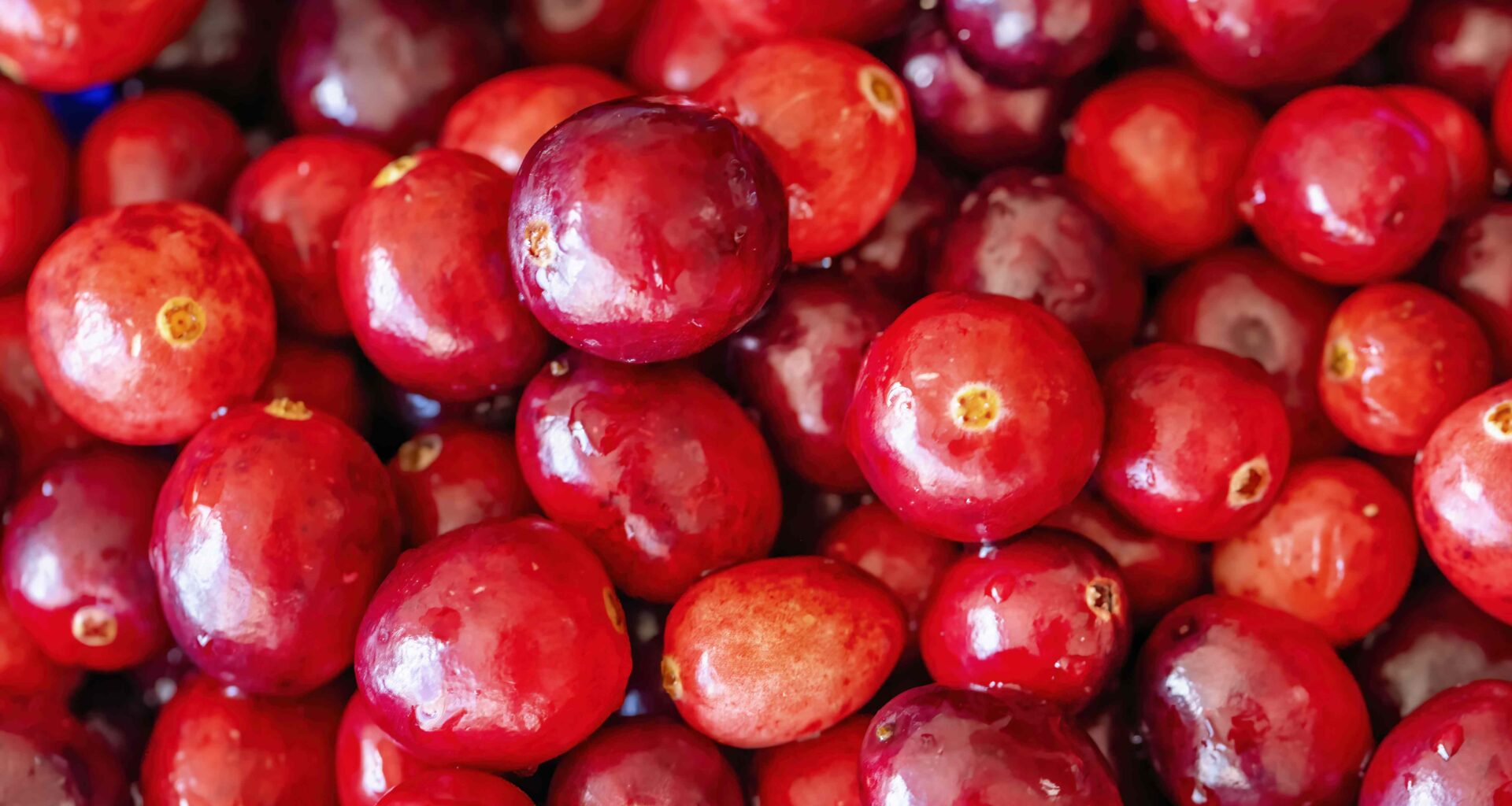Cranberries are known for being rich in antioxidants, including vitamin C, vitamin E, and phytonutrients like anthocyanins and phenolic compounds. A half cup of raw cranberries boasts about 55 µmol TE (micromoles of Trolox Equivalents), a common measurement of antioxidant capacity.
However, cranberries aren’t the highest antioxidant food—here are six that contain even more antioxidants per serving.
Antioxidant content: 74 µmol TE per ½ cup
Blueberries are packed with antioxidants like vitamin C and various phytochemicals, including anthocyanins, which “help support eye health as well as vascular function,” Dani Dominguez, MS, RDN, registered dietitian nutritionist and founder of SunBright Wellness, told Health.
What’s more, blueberries offer vitamin K and fiber, making them a nutrient-dense addition to any diet.
Antioxidant content: 60 µmol TE per ½ medium artichoke
Artichokes contain antioxidants, including vitamin C, gallic acid, chlorogenic acid, and luteolin. “These promote liver health, improve digestion, and have diuretic properties,” Jessica Brantley-Lopez, MBA, RDN, told Health. Another benefit of artichokes? Their high fiber content.
Artichokes can be roasted, steamed, or boiled and added to salads, pastas, casseroles, or incorporated into dips.
Antioxidant content: 85 µmol TE per 100 grams
Pecans are antioxidant powerhouses, containing vitamin E, tannins, and ellagic acid. These nutrients, along with other compounds in pecans, such as calcium and phosphorus, help “support heart health, improve digestion, and provide anti-inflammatory benefits,” explained Brantley-Lopez.
Pecans can be added to homemade granola, baked goods, cereal, salads, or simply snacked on raw.
Antioxidant content: 182 µmol TE per 1 medium apple
Apples are packed with fiber and antioxidants like vitamin C, quercetin, and ursolic acid, making them an excellent addition to a diet aimed at supporting digestion, immunity, blood sugar regulation, and overall health.
Antioxidant content: 72 µmol TE per ½ cup
Like blueberries, blackberries are impressively antioxidant-dense, including vitamin C and anthocyanins, which help combat inflammation. These nutrients—along with fiber—make it easier to absorb iron and support gut health, skin integrity, and collagen production, registered dietitian Brittany Brown, RD, IBCLC, CDE, told Health.
Antioxidant content: 178 µmol TE per 1 medium pear
You may think of pears as being a fiber powerhouse, but they’re also rich in antioxidants—over three times the content of a typical serving of cranberries. These include plant compounds like quercetin and kaempferol, which support overall health and may provide anti-cancer benefits.
Antioxidants are compounds that neutralize free radicals, which are unstable molecules produced naturally in the body or in response to stressors like smoking and UV exposure that can damage DNA.
Consuming antioxidants can reduce this damage, helping to “protect cellular structures, reduce inflammation, support the immune system, prevent chronic diseases, promote skin health, enhance eye health, support detoxification processes, and protect blood vessels,” said Brantley-Lopez.
Thankfully, there are many accessible and delicious sources of antioxidants—including all the foods highlighted above. “Eating a colorful variety of foods is one of the easiest ways to ensure you’re getting a broad mix of these protective compounds,” Brown emphasized.

